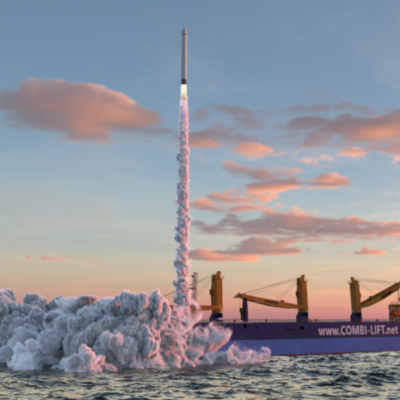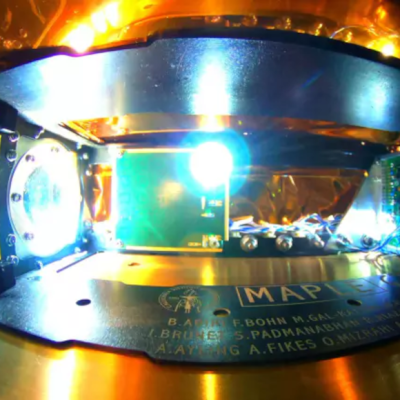The amount of space debris in Earth’s orbit has been increasing in recent years due to the rise in rocket launches and satellites. This problem is expected to worsen with the expansion of satellite networks like Starlink and a planned Chinese satellite constellation. To address this issue, the European Space Agency (ESA) is testing the first space debris removal mission, which aims to remove a rocket payload adapter in 2026. Meanwhile, researchers at the University of Colorado Boulder are developing a real-life tractor beam that could capture space junk in geostationary orbit.
Geostationary orbit is the preferred position for many satellites as it orbits the Earth’s equator. The researchers, led by Professor Hanspeter Schaub, explain that the electrostatic tractor beam would be on board a spacecraft that would bring it close to space debris, such as a dead satellite. An electron gun would then shoot negatively charged electrons at the target object while the tractor beam maintains a positive charge. The two objects would then be held together by electrostatic attraction in the vacuum of space at a distance of 20 to 30 meters. The system could then remove the target from geostationary orbit and release it at a location further from Earth.
However, the electrostatic attraction is extremely weak, so the movement would have to be very slow, and it could take more than a month to move a single satellite out of geostationary orbit. Kaylee Champion, a doctoral student at the Department of Aerospace Engineering Sciences at CU Boulder, explains that the project’s funding is not yet secured. A small prototype of the tractor beam would cost several million euros, while a fully operational version would be even more expensive. If an organization were to finance the project, the researchers believe that it could be ready for deployment within a decade.
In conclusion, the rise in space debris in Earth’s orbit is a growing concern, and the development of a real-life tractor beam could be a significant step towards addressing this issue. However, the project’s funding remains uncertain, and it may take several years before it becomes operational.










